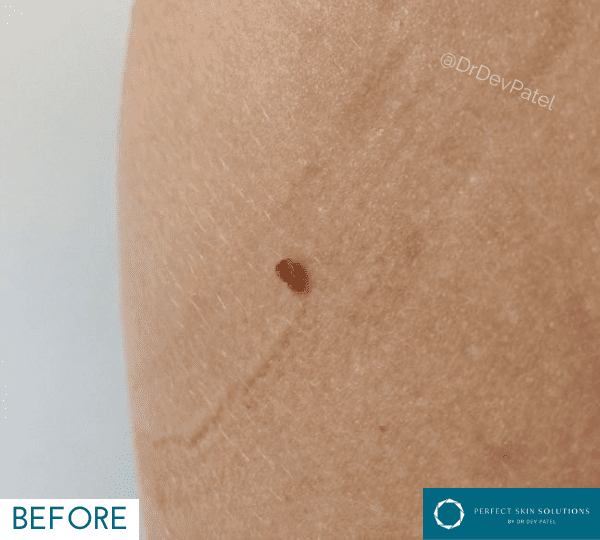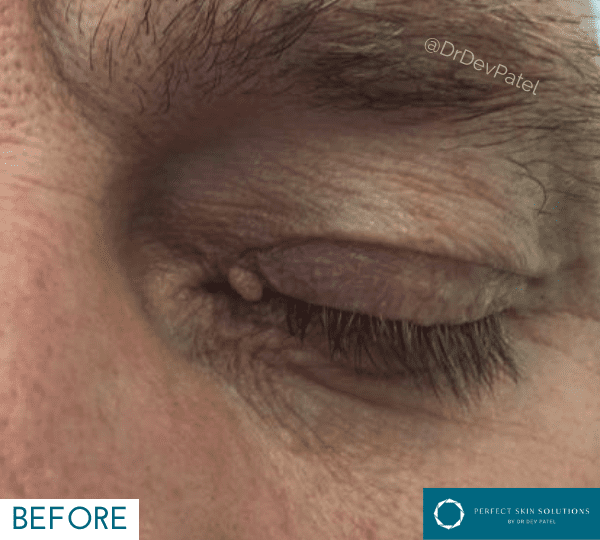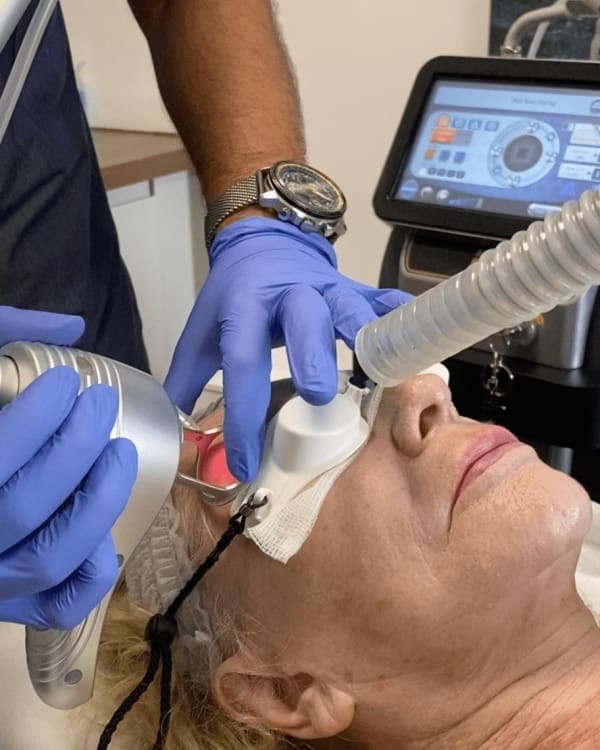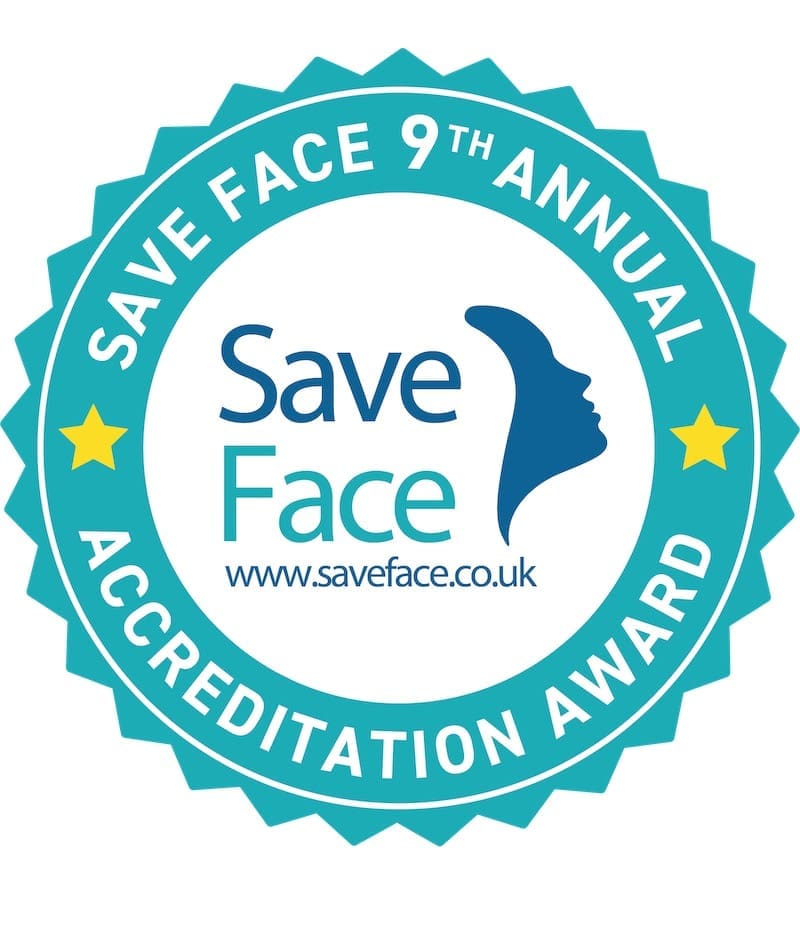
face/body/skin Treatment
Skin tag & Blemish Removal
Removing skin tags and blemishes has never been easier or safer, this non-invasive treatment is cost-effective and results are often immediate and life-changing. Modern techniques can achieve removal quickly and with minimal discomfort.
Skin tags and blemishes can be a source of discomfort and self-consciousness for many individuals. Fortunately, modern dermatological techniques offer safe, effective, and non-invasive solutions for removing these unwanted skin growths. Let’s explore the world of skin tag and blemish removal, including advanced cosmetic procedures, treatment options, and what you can expect before and after your procedure.
Understanding Skin Tags and Blemishes
Skin tags are small, soft, flesh-colored growths that typically appear in areas where skin rubs against skin or clothing, such as the neck, armpits, groin, and under the breasts. These growths often develop in skin folds, where skin overlaps or creases. While generally harmless, these growths can become irritated or unsightly, prompting many to seek removal for cosmetic reasons.
Common locations for skin tags:
- Neck
- Armpits
- Groin
- Under breasts
- Eyelids
Blemishes, on the other hand, encompass a wider range of skin conditions, including:
- Facial thread veins
- Blood spots
- Spider naevi
- Milia
- Age spots
- Pigmentation issues
What are Skin Tags?
Skin tags, also known as acrochordons, are small, benign growths that hang from the skin. Typically ranging from a few millimeters to about 5 centimeters in size, these growths are composed of loose collagen fibers and blood vessels surrounded by skin. While skin tags are completely harmless and usually painless, they can sometimes snag on clothing or jewelry, leading to bleeding and discomfort. Despite their benign nature, skin tags can affect self-esteem, particularly when they appear in visible areas. They are more common in older individuals and can be a source of cosmetic concern.
Causes and Symptoms of Skin Tags
The exact cause of skin tags remains a mystery, but both lifestyle and genetic factors are believed to play a role. Some individuals develop skin tags for no apparent reason. They are more likely to appear in areas where the skin tends to rub against itself, such as the neck, armpits, groin, and under the breasts. Overweight individuals and those with certain health conditions, like type 2 diabetes, are at a higher risk of developing skin tags. Most skin tags are painless and asymptomatic, but they can become sore and bleed if they rub against clothing or jewelry.
Diagnosing Skin Tags
Diagnosing skin tags is typically straightforward. Your doctor will ask you a few questions and examine your skin to confirm the presence of skin tags. In most cases, no additional medical tests or scans are necessary. While skin tags are generally harmless and don’t require medical attention, you should consult your doctor if a skin tag causes discomfort or if you have concerns about it. Professional removal options include cutting them off with a scalpel, freezing them off with liquid nitrogen, burning them off with a special tool, or using a laser.
Advanced Cosmetic Procedures (ACP) for Removal
Advanced Cosmetic Procedures offer a non-invasive approach to removing skin tags and blemishes without the need for surgery, incisions, or injections. These techniques have evolved since the early 1900s and can now effectively treat over 20 different types of skin blemishes.Benefits of ACP:
- Non-invasive
- Minimal discomfort
- Quick results
- Cost-effective
- No downtime
Skin Tag Removal Procedures
There are several methods available for skin tag removal, each with its own advantages:
- Cryotherapy: This involves freezing the skin tag using liquid nitrogen, causing it to fall off within a few days. However, further treatment may be necessary if the initial procedure does not successfully eliminate the skin tag.
- Electrocautery: A small electrical current is used to burn off the skin tag.
- Ligation: The blood supply to the skin tag is cut off using a tiny band, causing it to fall off.
- Excision: For larger skin tags, a dermatologist may use local anesthetic and cut the tag off with surgical scissors.
Most skin tag removal procedures are quick, often completed in just one session, and require minimal aftercare.
At-Home Skin Tag Removal Products
If you prefer to have a skin tag removed at home, there are several over-the-counter products available. These products typically work by freezing or drying out the skin tag until it falls off.
At-Home Skin Tag Removal Products
While at-home skin tag removal products are available, they are not recommended due to the higher risk of complications such as infection, scarring, skin irritation, and allergic reactions. These products may not effectively remove skin tags and can potentially cause more harm than good. It is advisable to seek the expertise of a dermatologist or qualified doctor for skin tag removal. Professionals have the necessary skills and training to handle delicate areas, such as skin tags on the eyelids, and can accurately diagnose growths that may not be skin tags.
Preparing for Your Treatment
Before undergoing any skin tag or blemish removal procedure, it’s important to:
- Minimize sun exposure and inform your clinic of any recent sun exposure.
- Avoid exfoliating products, AHAs, BHAs, and Retinol for 4 days before and after treatment.
- Refrain from facial treatments or skin peels for 1 week prior to the procedure.
The Removal Process
During the procedure, your dermatologist will:
- Cleanse the area thoroughly.
- Apply a local anesthetic if necessary.
- Use the chosen method to remove the skin tag or treat the blemish.
- Provide aftercare instructions to ensure proper healing.
Most patients experience minimal discomfort during and after the procedure.
Aftercare and Healing
After your skin tag or blemish removal:
- Keep the area clean and dry.
- Apply any prescribed ointments as directed.
- Avoid picking at any scabs that may form.
- Protect the area from sun exposure.
In most cases, the treated area will heal within a few days to a week, with minimal risk of scarring.
Skin Cancer and Skin Tags
Although skin tags are usually harmless, it is crucial to regularly check your skin and consult a doctor if you notice any changes. Skin tags can sometimes be mistaken for skin cancer, making it essential to have any new or unusual growths examined by a professional. If you are concerned about skin cancer, your doctor can perform a thorough examination to check for signs of skin cancer and other skin conditions. Remember, while skin tags are not a sign of skin cancer, it is always better to be cautious and seek medical advice when in doubt.
When to Seek Professional Help
While many skin tags and blemishes are harmless, it’s important to consult a dermatologist if you notice:
- Rapid changes in size or color
- Bleeding or pain
- Multiple growths appearing suddenly
These symptoms could indicate a more serious skin condition, including skin cancer, and require professional evaluation.
Conclusion
Skin tag and blemish removal procedures offer a safe and effective way to improve your skin’s appearance and boost your confidence. With advanced cosmetic procedures and skilled dermatologists, you can say goodbye to unwanted skin growths and hello to clearer, smoother skin. Remember to always consult with a qualified professional to determine the best treatment plan for your individual needs.
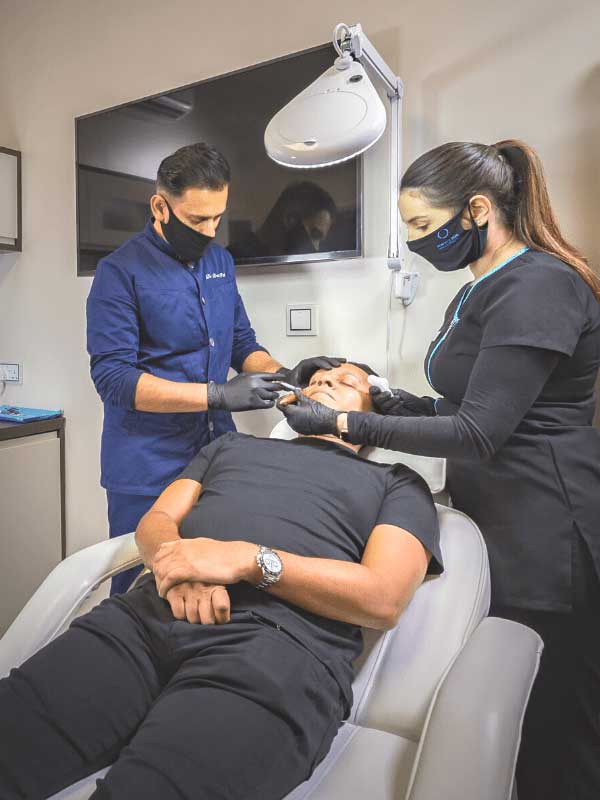

Why choose Perfect Skin Solutions for your Skin tag & Blemish Removal?
Perfect Skin Solutions is one of the UK’s most reputed aesthetic clinics with over 10 industry awards including Best Clinic South-East 2021 and Best Clinic South England 2022.
Our Founder and Medical Director, Dr Dev Patel (Highly Commended Best Aesthetic Doctor UK 2023 – Safety in Beauty Awards) is renowned for his passion for new technology and groundbreaking medical practices. Dr Patel is a Key Opinion Leader for a number of leading aesthetic technology brands, and regularly travels the globe speaking at major global aesthetic conferences.
All of Dr Patel’s clinical team have been trained to the highest standard, so patients can be assured that they will always receive the very best care during their treatment.
Get in contact




























